Best Australian children’s books for Christmas
Children are spending far too much time on mesmerizing, addictive screens. There are still a few shopping days before Christmas, so why not hit the bookshop?

Children are spending far too much time on mesmerizing, addictive screens. The best way for parents to help them log off is to set aside time for reading. Australia has a wealth of talented children’s book authors. There’s still a few shopping days before Christmas, so why not hit the bookshop? We asked some of the country’s top writers about their latest creations. Here is what they said.
Mem Fox
When I’m asked what I hope to achieve with Meerkat Mayhem, sales are high on the list. But that is not the only goal. Pleasing children is the first. Pleasing adults is second.
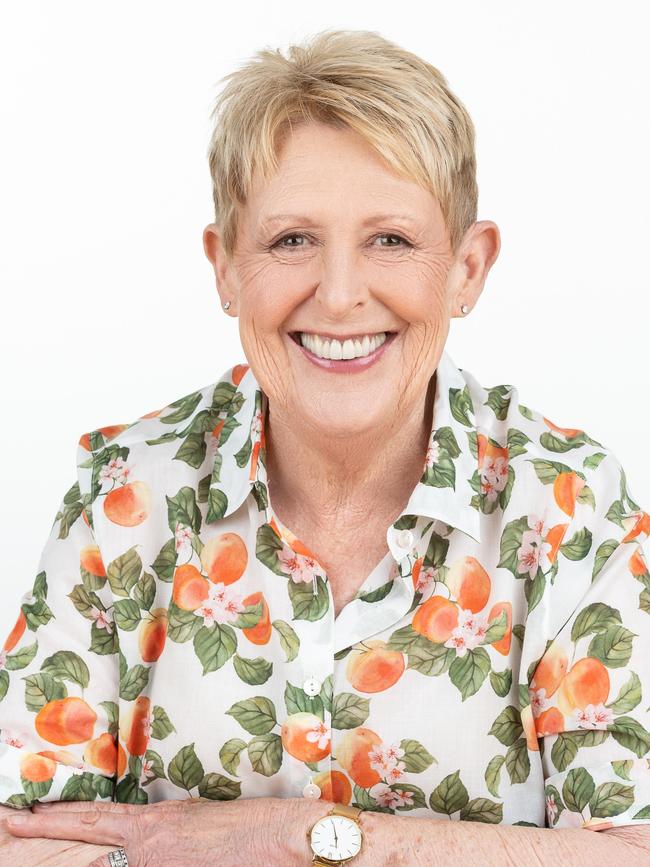
Meerkat Mayhem is 349 words long, and took more than two years to complete. My highest hope with those 349 words is to create wave upon wave of happiness for every child who listens to them. I want a kind of hysteria. I want noise, hilarity, joy, vivacity. By the second refrain, or at least the third, I want children to be crazily involved in repeating the line: “No, they could not!”
Within four or five repeated readings of the story. I want them to be able to anticipate the page turns with excitement and recognise the print in: “No, they could not!” and to love saying it whenever it appears, to have proud ownership of the text, to have agency as prospective readers themselves.
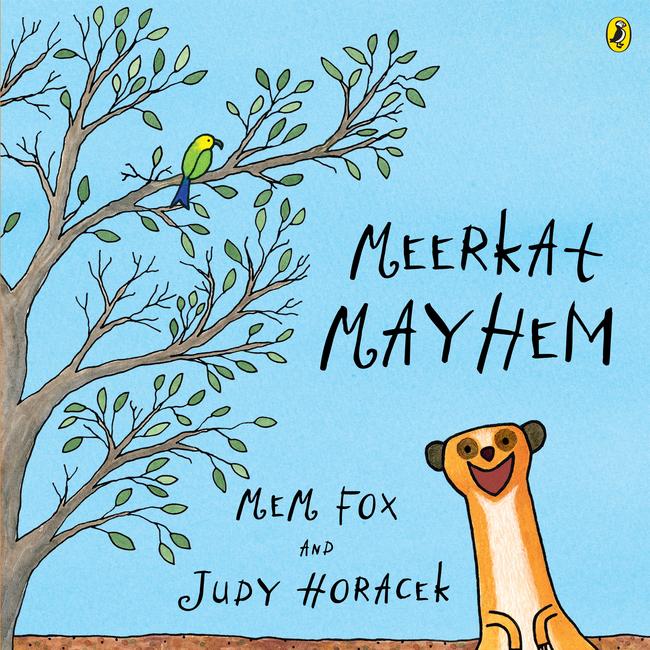
I want them to love the book and keep it and read it to their own children in 30 years’ time.
And their parents? I hope they recognise themselves in the character of Meerkat. I hope they enjoy his typical-adult responses when things don’t go according to plan. I hope they take up the expletive: “Mother of all meerkats!” as a replacement for, well... I won’t spell it out.
I hope Meerkat Mayhem provides wild delight to everyone who finds it, reads it and sees the farcical perfection of Judy Horacek’s outrageously funny illustrations.
I hope it’s adored. I hope it sells. And I hope it lasts.
Morris Gleitzman
Tweet grew out of a question I’ve been thinking about for a while. Are the big problems we share these days just too big? Are they beyond the problem-solving capacities of even the most imaginative among us? Even those who use their imaginations non-stop, even when they should be doing their homework?
I write for those busy young people, and they know about the problems stacking up in their future world. But they don’t have the money or mobility or votes or loud car horns available to older people, so when it comes to confronting these problems, their imaginations are pretty much all they’ve got.

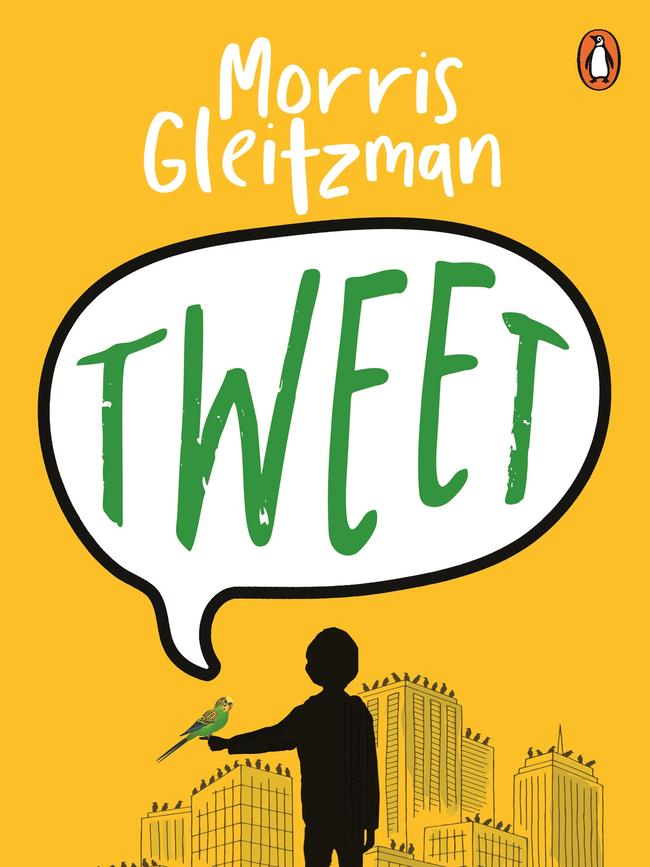
Oh, how we wish we could hand them easy solutions. But we can’t. Which is why I write stories like Tweet.
This one started when I was joined at my writing desk by thousands of birds, all standing quietly on a busy highway, blocking traffic. And not, I realised, just in Australia. Millions of birds on busy highways all over the world. Trying to slow us down to share some thoughts with us.
I knew what this was probably about. You probably do too.
Eventually I met a couple of characters whose globally renowned bird-scientist parents have disappeared at the worst possible time – just when the bird-bamboozled world needs them. The two characters know what they must do. Go to an African jungle, get help, find Mum and Dad. But they can’t go, not at first, because Jay is only 11, and Clyde is a budgie.
They use what they’ve got. They experience how adversity can make us more creative and determined, cheekier and braver, less likely to faint or moult. Grappling with constraints takes Jay and Clyde far. Into the wild world of birds and the even wilder world of unsupervised defence contractors. They amaze themselves at how far they get, this kid who’d rather be doing jigsaws, and this budgie who’s only ever flown across a living room. I’ve tried to make Tweet a hopeful story. Keeping its tail feathers and opposable thumbs crossed that it can offer young imaginations a little of what they need to do their best work. No guarantee of a happy ending, but lots of hopeful possibilities.
Cody Simpson
When it comes to the ocean, underneath all the turbulence of the surface, the deep water operates in fluid harmony. The same goes with life. In the bustle of everyday life, we often lose sight of the calm space within ourselves. This space can be regained through time in nature, time in solitude, or just in the simple act of taking a breath with your eyes closed.
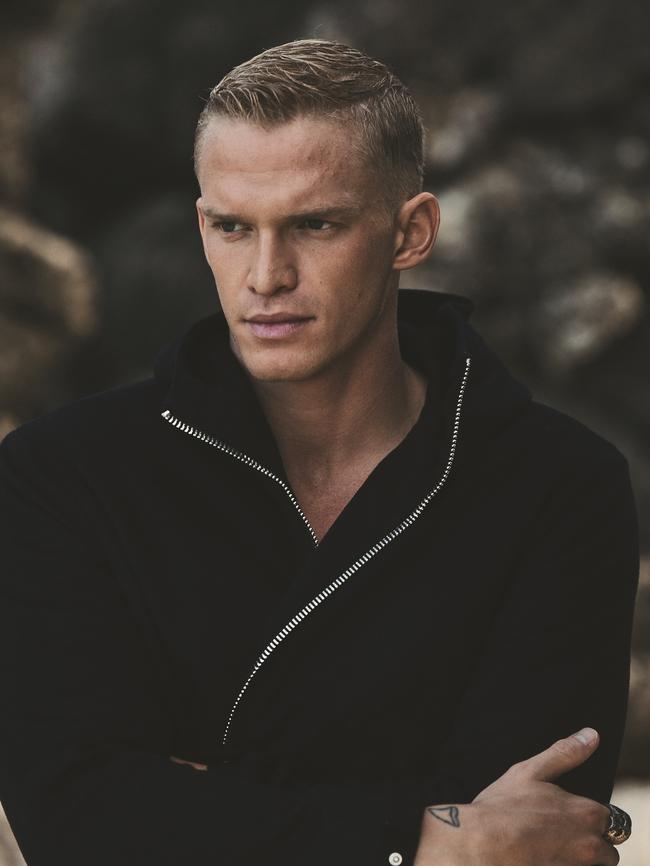
When you remember it, and you feel it, it’s always there. That space, that silence, that peace.
I found solace in the water at a young age. It’s part of the pull that I’ve always felt towards water and the ocean, and I find it particularly important to hold onto this as the world becomes more technologically driven. These days, I see kids on screens in restaurants, on the streets, in parks, even at the beach. I wanted to create this book, The Sea in Me, to inspire the young children who read it – to ignite their sense of adventure, their connection to nature and to themselves. To go out and find the beautiful colours that exist in the natural world and in the ocean. To discover the solace and peace they can find in the water amid the craziness of the world. I think it’s an important message for kids, and I worked with Jess Black and Amandine Thomas to hide this message within an accessible, easy-to-read story with lots of beautiful illustrations.
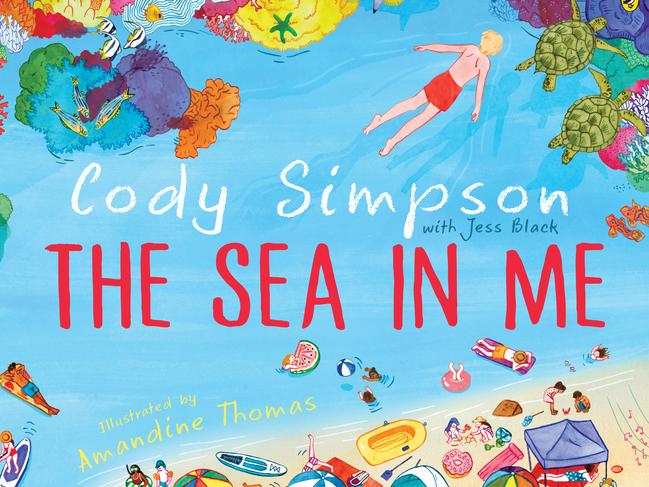
The feedback I’ve received from young children and from the kids of friends who have enjoyed it already have made the whole process worthwhile. If I can inspire just one child (or adult!) to go out for a swim, to be mindful in their daily life, to learn the beautiful habits of spending time in nature, it’ll have been worth sharing. It certainly has reminded me to do the same.
Pip Harry
My family lived in Singapore for many years, before returning home to Sydney’s Northern Beaches in mid-2022. I’m a competitive ocean swimmer and my husband is a lifelong surfer, and we share a strong connection to the coast.
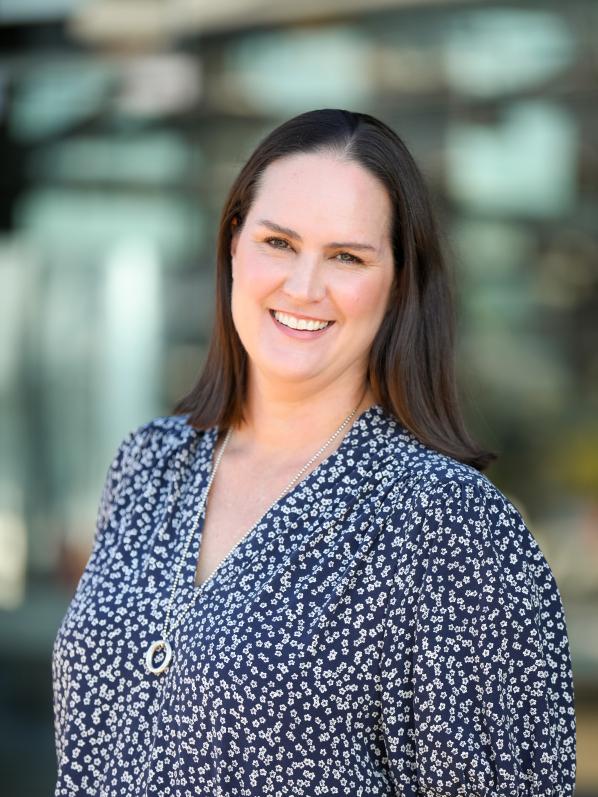
Almost as soon as we unpacked, we were straight back into the surf, however without having grown up around Aussie beaches, our daughter was a little more hesitant. Who could blame her? Singapore Nippers is held in the calm bay of Sentosa Island where the only rip can be found in a pair of boardshorts.
We were at our local beach when I heard that familiar “Over! Under!” call that many Aussie kids use when they’re swimming in the ocean. As the wave approaches, they instinctively know when to dive headfirst under a breaking wave and pop out safely in the foam behind it, and when to float over the top of an unbroken one. It’s all about timing and my kid wasn’t familiar with the Aussie pastime. As a result, she was flattened by a rogue dumper, held under and tossed around like laundry in spin mode.
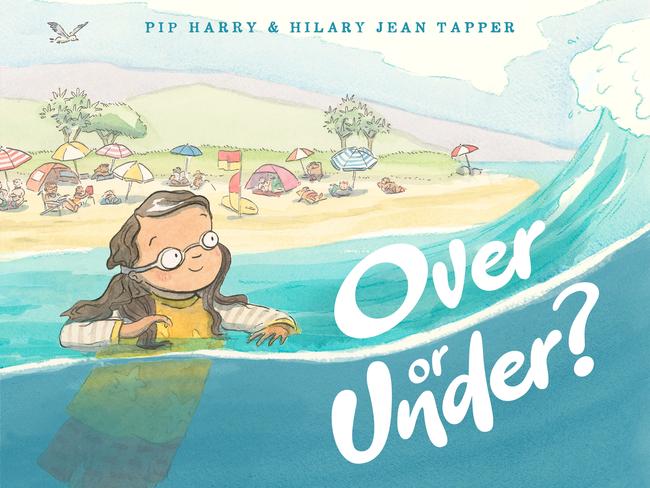
As she coughed up saltwater on the sand, she swore she’d never set foot in the surf again. I promised to teach her how to go “over” or “under” the waves and told her she would be fine. We’ve all been dumped, it’s an Australian rite of passage.
That moment sparked the idea for my first picture book, and I furiously typed a draft for Over or Under? into my phone in the surf club carpark. A girl called Maisie is learning about ocean swimming at the beach with her father. The small waves are easy, but how will she know when to dive under the bigger ones? And will she be brave enough to try?
I wanted to share with young readers themes of resilience, courage and learning new things. It’s also a love letter to Australia’s beautiful, often unforgiving surf beaches and a tale of why it’s important to be brave and try again if ever the waves knock you off your feet.
Sami Bayly
The Illustrated Encyclopaedia of Extinct Animals is dedicated to all the species that have vanished from the earth – to honour their memories and stories.
Every animal, whether it be a fierce apex predator or a seemingly tiny critter, has a role to play in the environment around them, and when the population of an animal species declines, it impacts the lives of other animals, plants and even entire ecosystems that rely on them for their survival.
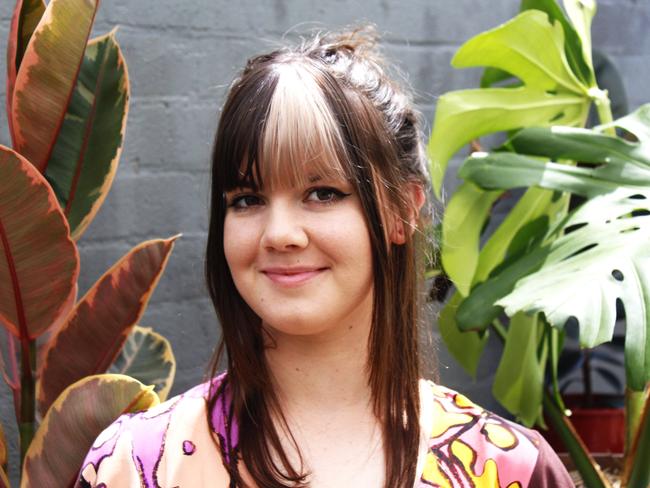
In making this book, I felt that it was important to note that extinction is not an unusual phenomenon. In fact, 99 per cent of species that have ever roamed the earth are now extinct. Most prehistoric animals no longer exist due to five mass extinction events that happened over a 540-million-year period. However, it is the modern rate at which species are becoming extinct that is extremely worrying, which is thought to be 1000 to 10,000 times higher than the natural extinction rate. More than 900 species having been classified as extinct since 1500, and more than 41,000 species threatened with extinction. Hunting, overfishing, habitat destruction, pollution, climate change and the introduction of invasive species are all modern causes of extinction. If we aren’t careful, the sixth mass extinction event could be a result of human choices and actions.
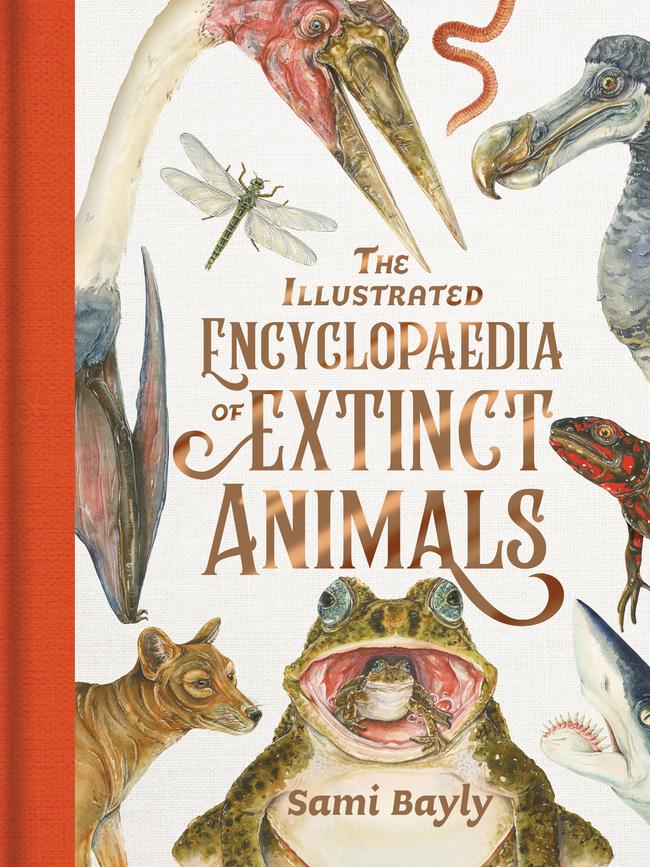
I do months of researching for each book before I begin my art, so that I am more informed when it comes to depicting each animal. I believe that with scientific illustration, the illustration is just as significant as the science, so capturing the essence of a creature is vital in my books. I want the reader to be able to connect with the animal when learning about their important stories.
I believe that it’s vital we do our part to help conservation efforts while we still have the opportunity. I enjoy sharing the stories of the animals from the past with children, so that they are aware of our planet’s rich flora and fauna history. I also hope this book brings the reader a greater understanding of the contribution extinct and critically endangered animals have made to the natural world, and to act as a reminder to care for nature before it’s too late.
Ashleigh Barton
When I was a kid, nonfiction felt, to me, like a chore. All I wanted to read were made-up stories. Contemporary, historical, realistic, magical – so long as I was absorbing someone else’s imagination, I was happy. Give me something real (with the exception of incredible memoirs like Adeline Yen Mah’s The Chinese Cinderella), and my eyes glazed over. I can happily report that I’ve since come around on this and now also really enjoy reading nonfiction, especially if it’s filled with interesting facts I can tell people about after. (I highly recommend The Anthropocene Reviewed by John Green for this purpose.)


While my reading preferences have changed, I’m aware that many children still feel the way I felt, and many others feel the exact opposite, preferencing nonfiction. Often, these kids are being encouraged to read the other. With this in mind, I created Freddie Spector, Fact Collector, two junior fiction novels that combine a fast-paced, made-up story with real facts.
Freddie is a kid with a big imagination and a penchant for learning everything he can about his latest obsession. This overactive imagination lands Freddie in sticky situations, ensuring plenty of humour and cliffhangers, while his facts are featured on sticky notes and notebook pages to keep things fun, interesting and easy to read.
The narrative, which is intended to be relatable to the everyday lives of young readers, links to the topic Freddie is currently obsessed with. In Go for Gold, for example, Freddie is learning everything he can about sports as the dreaded school sports carnival approaches. When he learns that the medals have gone missing, he decides to solve the mystery and save the carnival for his sportier friends. In Space Cadet, Freddie is fixated on space due to an upcoming virtual meeting with a real astronaut. He consequently becomes convinced an alien has crash-landed in his neighbours’ backyard.
I hope Freddie appeals to readers of fiction and nonfiction, and perhaps even helps someone discover that they do love the category they’ve been resisting after all.
Bernard Namok Jnr and Thomas Mayo
Our Flag, Our Story by Bernard Namok Jnr and Thomas Mayo, illustrated by Tori Jay-Mordey is the tale of the Torres Strait Islander flag, a symbol of unity, shared identity and pride for all Torres Strait Islanders.
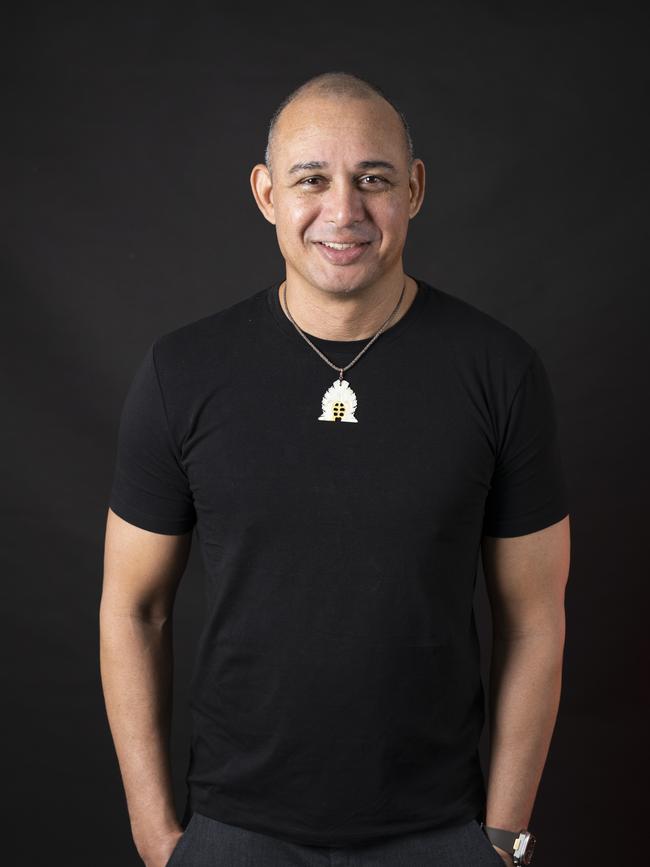
Bernard Namok Jnr, the son of the late Bernard Namok, designer of the Torres Strait Islander Flag, says: “To quote my mum (Bakoi Namok) in the film documentary Carry the Flag ... ‘carry on the legacy, where your dad left off’. We are natural-born storytellers and it’s important to share our stories. I believe if we start educating our younger generations, they will grow up knowing and understanding our way of life.”
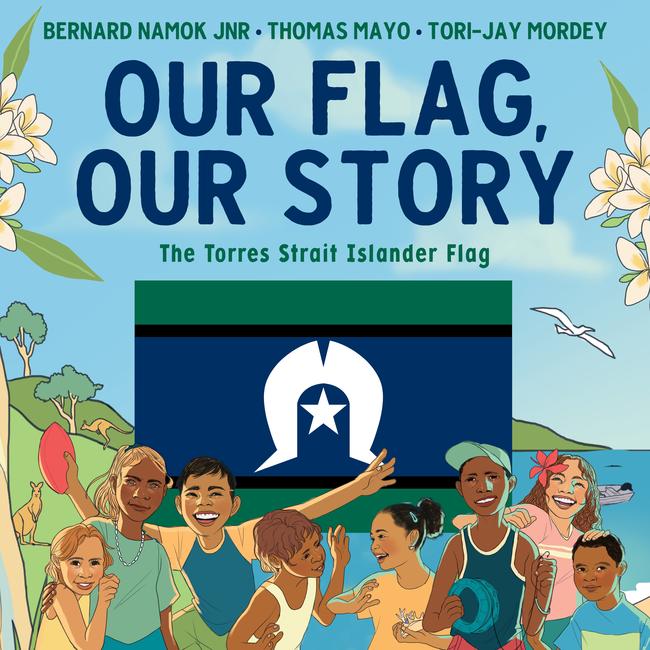
AUNTY PATSY CAMERON
Sky Country by Aunty Patsy Cameron, illustrated by Lisa Kennedy, uses traditional language from northeast Tasmanian coast clans to tell a captivating ancestral memory dating back to the Ice age about the Trouwerner (Tasmanian) landscape, passed down by revered Pairrebeenne/Trawlwoolway clan leader, Mannalargenna.
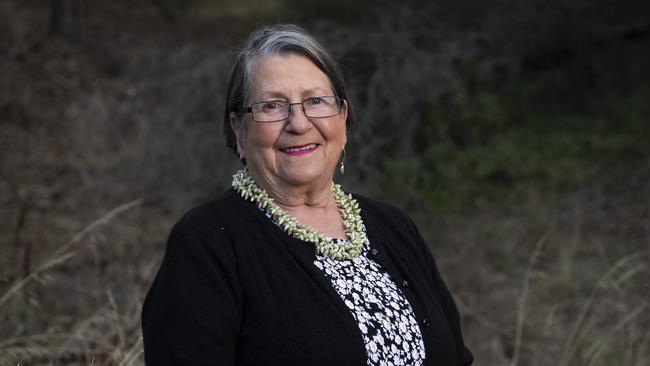
“Young readers will learn that there are two ways of knowing – Western science and Aboriginal knowledge about where the First People of Trouwerner came from,” she says.
“The Aboriginal way of knowing will tell them that the powerful ancestral beings who made all things in Trouwerner came from the sky.
“They will learn that there were many languages spoken by the First People and they will learn Mannalargenna’s names for many unique animals that are illustrated in Sky Country by Lisa Kennedy.”
More Coverage
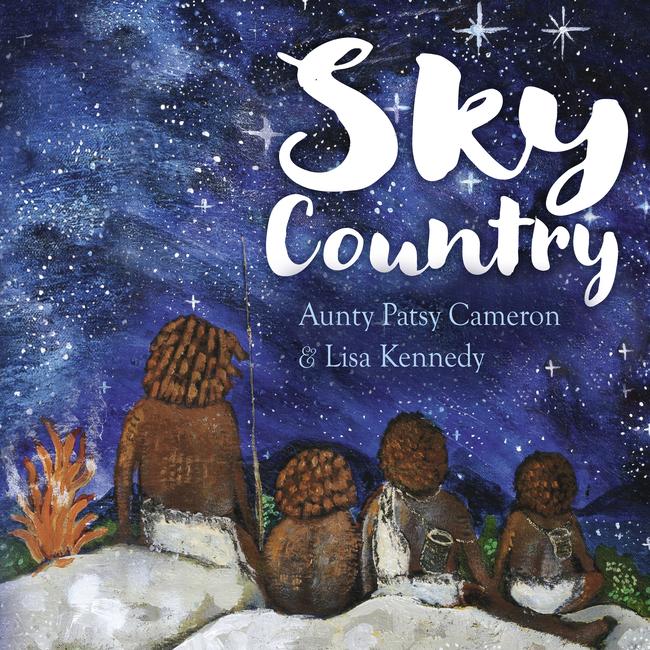







To join the conversation, please log in. Don't have an account? Register
Join the conversation, you are commenting as Logout